Plug-In Hybrids make the most sense for most of us right now, but hats-off to the pure electric early adopters. America’s transportation infrastructure (roads and fuel centers) is best suited for plug-in hybrids (PHEV) and for economic purposes it’s best to phase changes in and out over time to conserve jobs and preserve our nation’s economic growth overall – we’re all in this together. I’d love to be able to afford a BMW i8 – you get speed and super economy with the three (3) cylinder engine and a 7.1 kWh battery pack. I see the technology advancing on ICE, battery and drivetrain such that you have this hybrid efficiency we don’t see today – where motors drive two wheels and regenerate/recuperate energy more effectively and engines drive two wheels, but future engines that are nearly maintenance free and resemble motorcycle characteristics more than ‘muscle car’ characteristics. This said, I am fortunate to have grown up in the muscle car era but its fun to see these new technologies reinvent old modes of transportation too. We should all adopt alternative fuel technology to the extend we feel comfortable with and embrace it, while we can, as before we know it these choices won’t be ours – you’ll just summon an autonomous car and be done with it – whether it’ll be pure electric or hybrid is still too early to tell.
Article Also Posted on Plug In America .Org Website






 Brick & Mortar retailers (RealTailors) understandably are reticent to even say the ‘A’ word, lest some bad curse befall them even more.
Brick & Mortar retailers (RealTailors) understandably are reticent to even say the ‘A’ word, lest some bad curse befall them even more.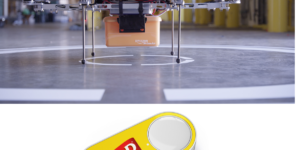
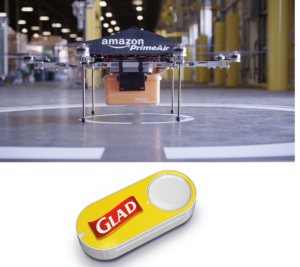
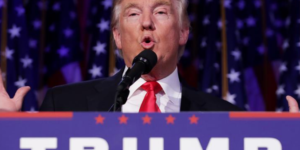

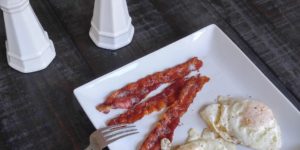



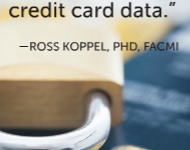
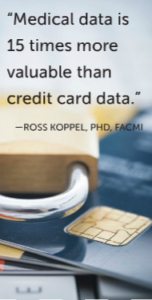





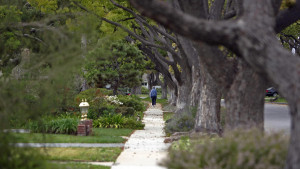




![blogger[1]](https://berniegollwitzer.com/wp-content/uploads/2015/09/blogger1.png)
